Examples of Business Models
5 different examples of successful, existing business models.
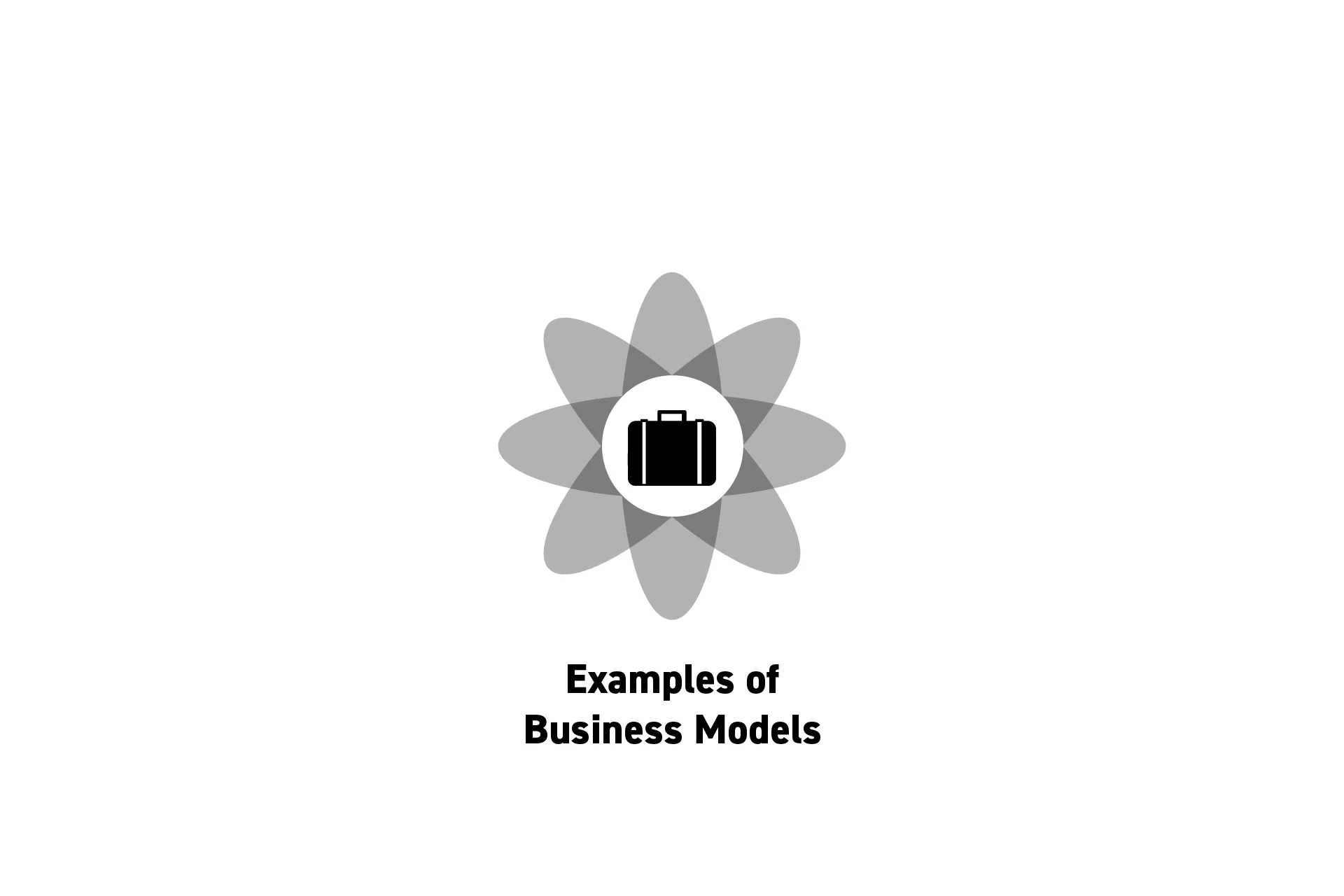
5 different examples of successful, existing business models.
SubscribeThe following article lists 5 different existing, successful examples of business models.
We recommend you consult our business model canvas post to learn more about how to holistically define a business model.
Free for small projects, then Pay as you Go
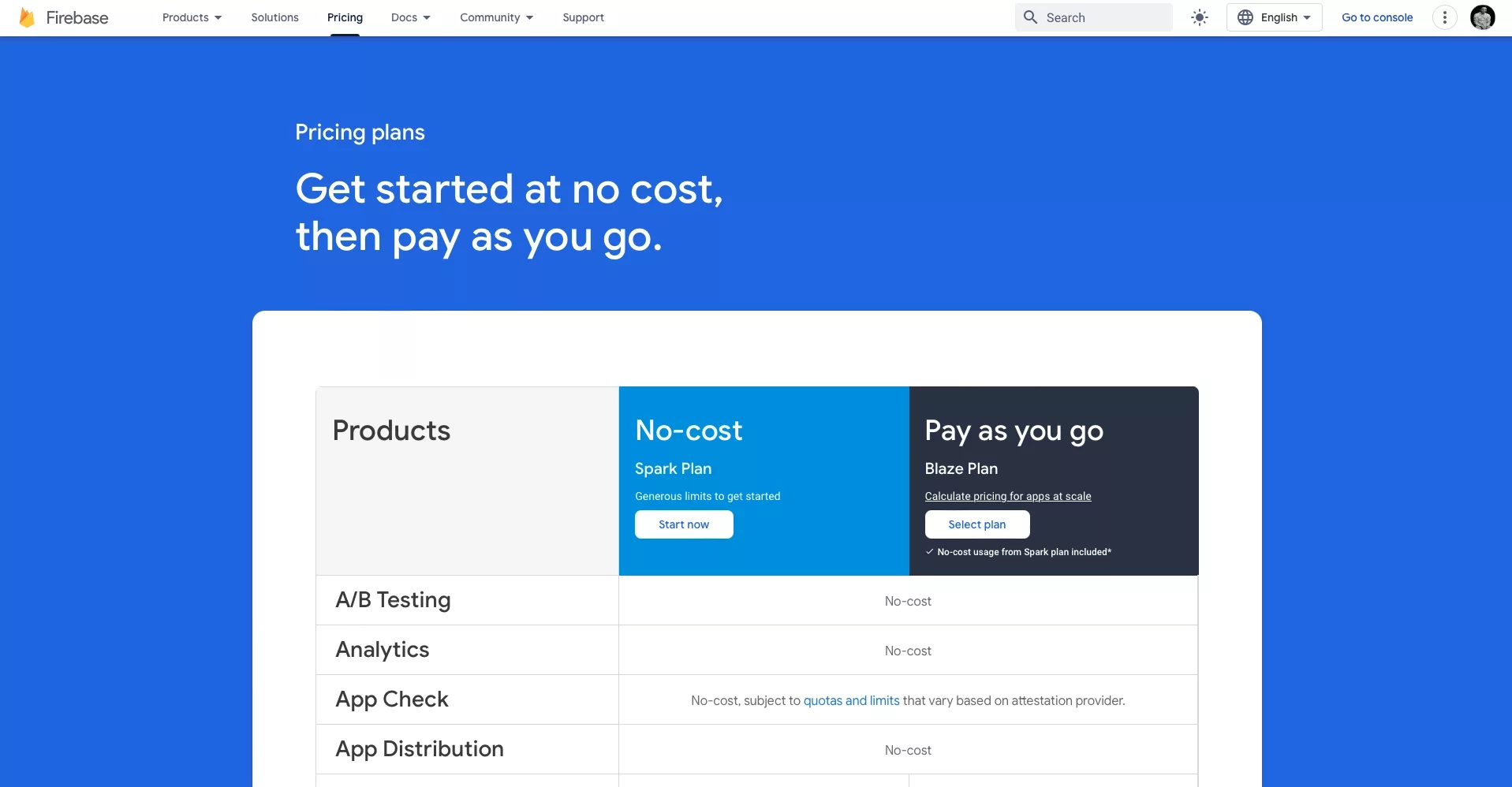
Offer a limited version of your product for free, which is capped to a certain amount of use (i.e. 10 SMS messages).
Once a customer has surpassed the quota, the customer has to pay a fee that is dependent on the amount that they used the service.
Tiered Pricing
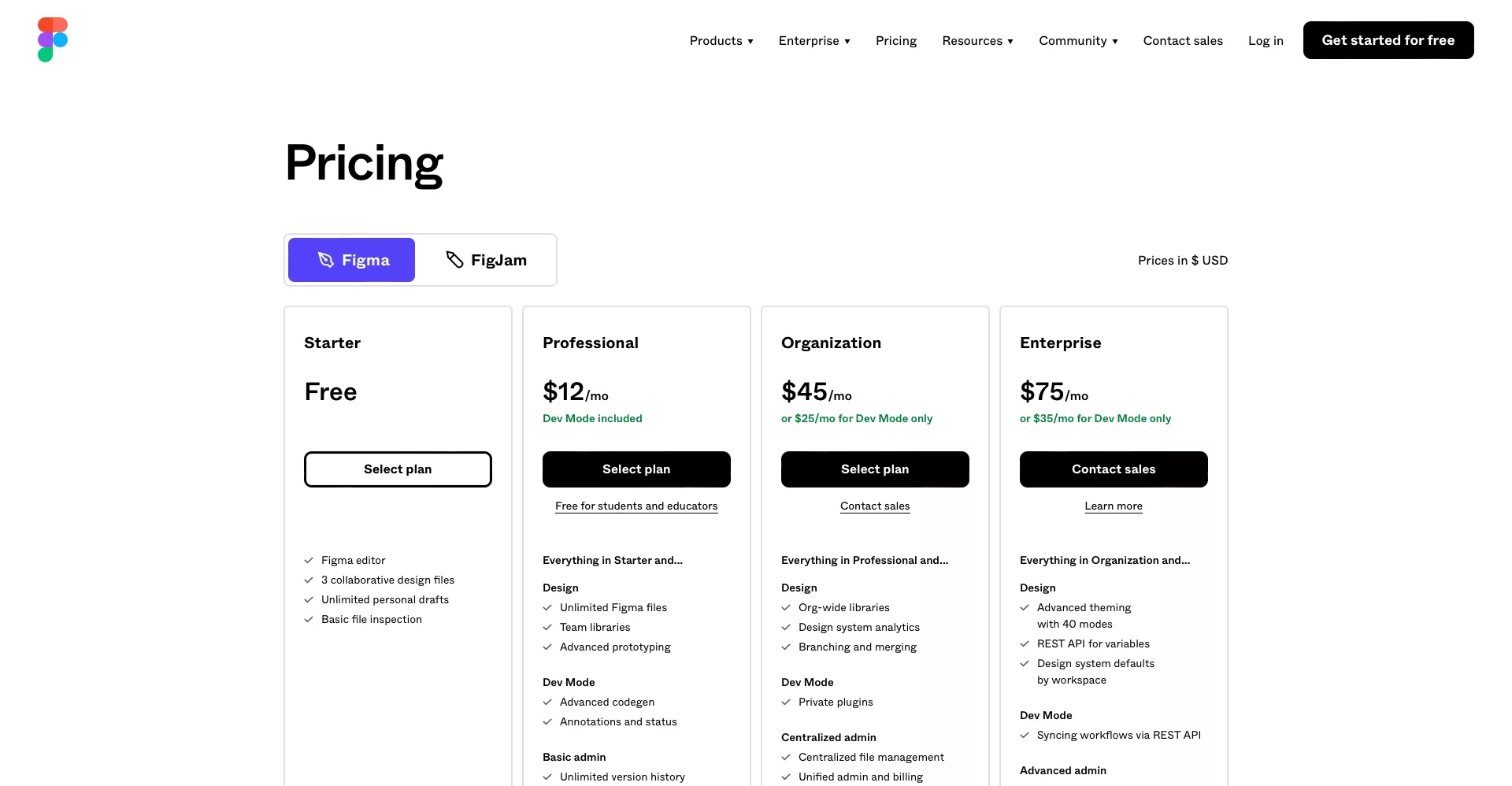
Offer a limited version of your product for free, after which customers have to pay a monthly subscription depending on the features that they want.
Product Platform
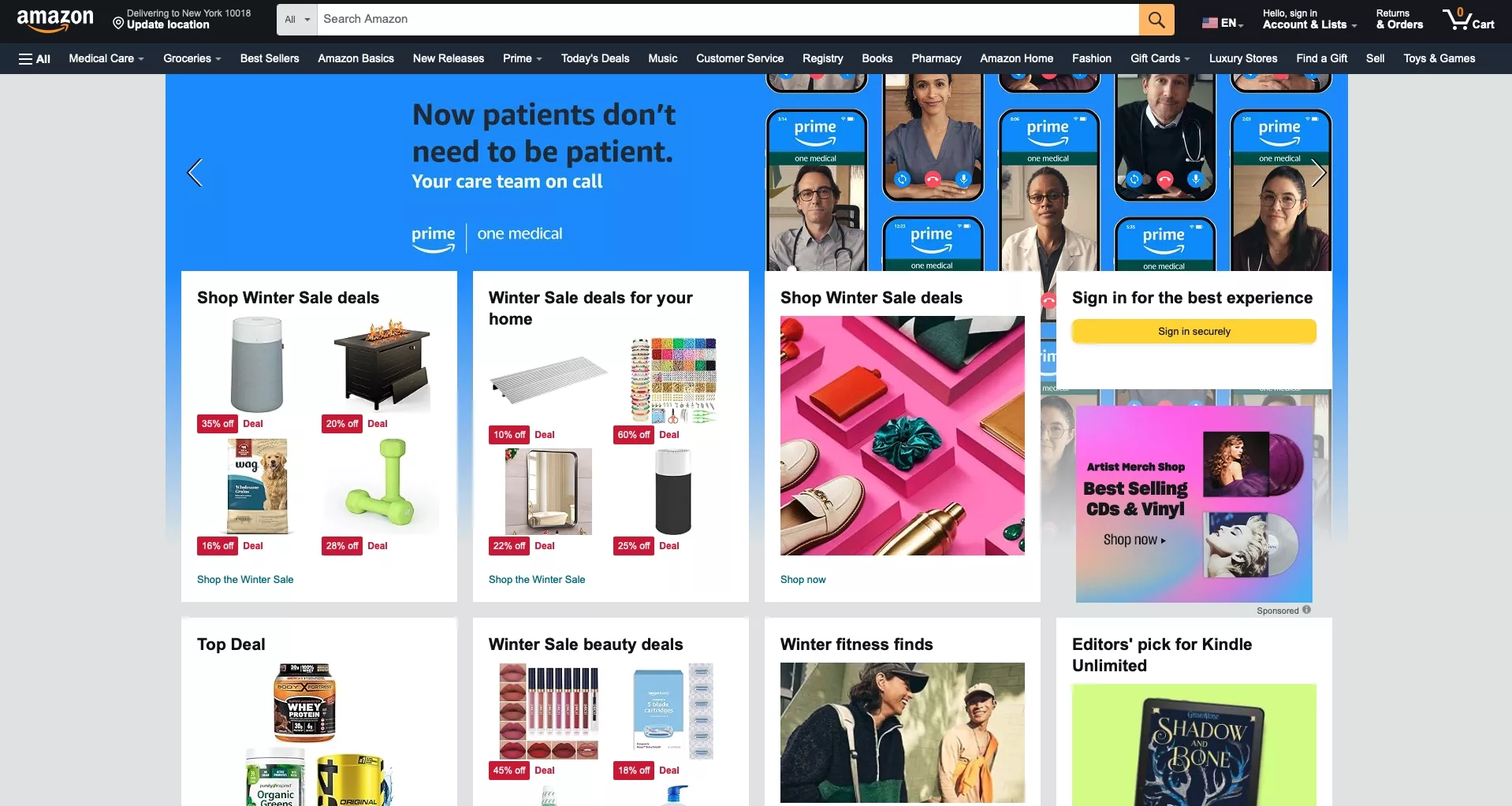
Offer customers the means to buy your products, or other peoples products through a platform.
In the event that the customer purchases a product that is from another provider, take a percentage cut of the sale (i.e. 10%).
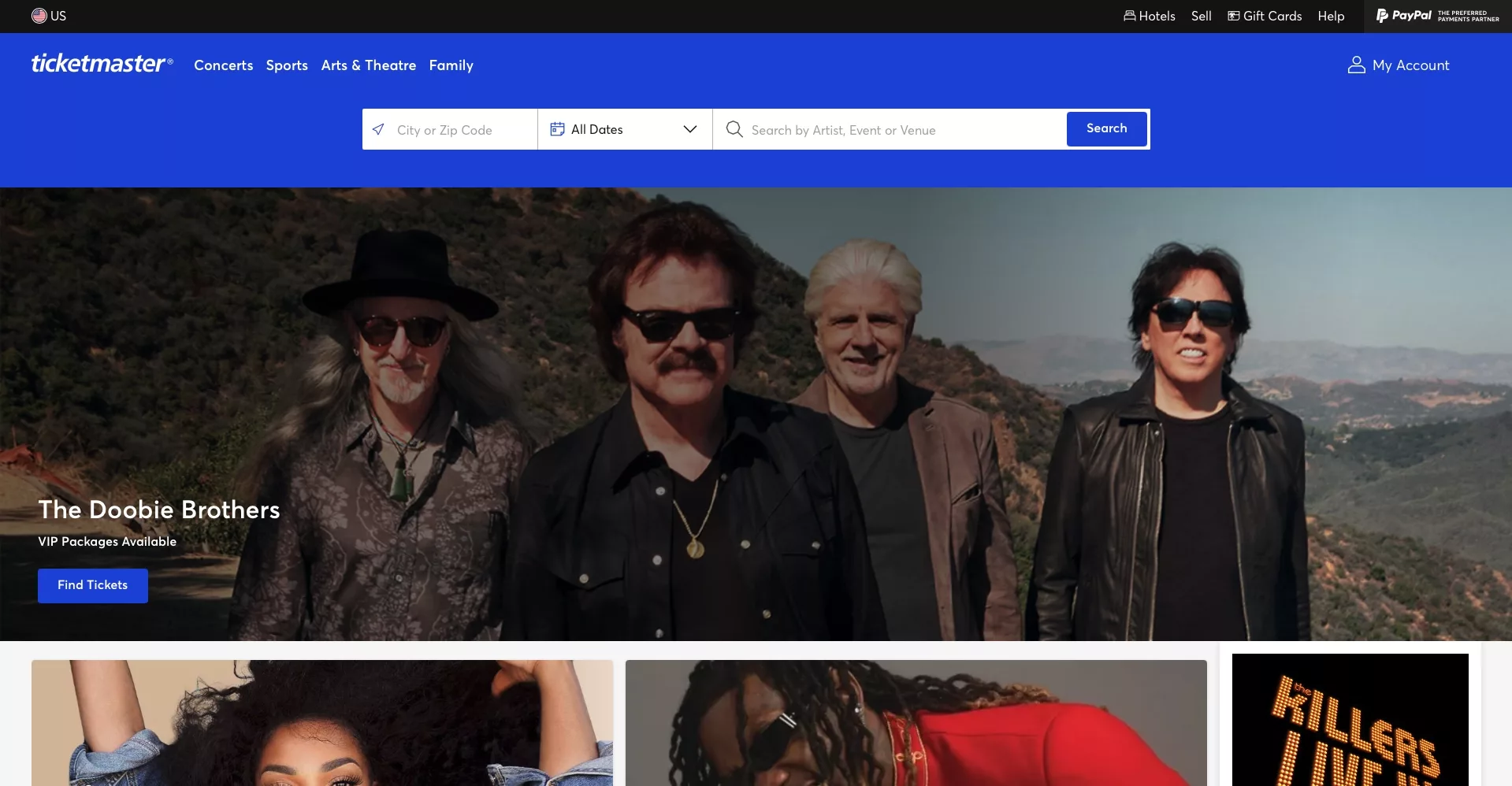
Another example of a product platform is Ticketmaster, that:
- Allows individuals to sell tickets on their platform.
- Informs the lister that they will take a cut for the sale of the ticket based on the listing price.
- Then, elevates the listing price to take a cut from the individual purchases the ticket.
Product Platform & Ecosystem
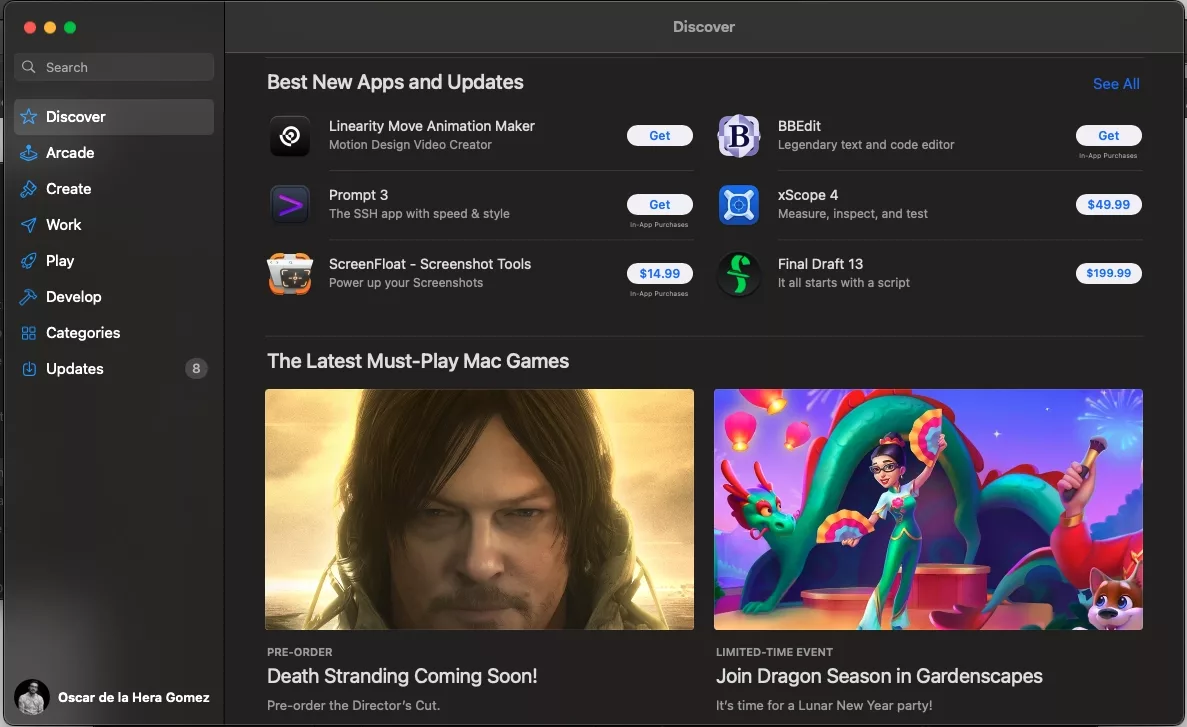
Offer customers the opportunity to buy a product that they can enhance through a platform that sells products for your product.
If these products are not free, take a cut for the purchase (i.e. 10%).
You may also wish to take a fee for in-app purchases or subscriptions.
To learn more about the e-commerce fees behind the Apple App Store, consult the link below.
To learn about example in-app purchases and subscriptions, consult the links below.
Looking to learn more about Business and Strategy?
Search our blog to find educational content on business and strategy.